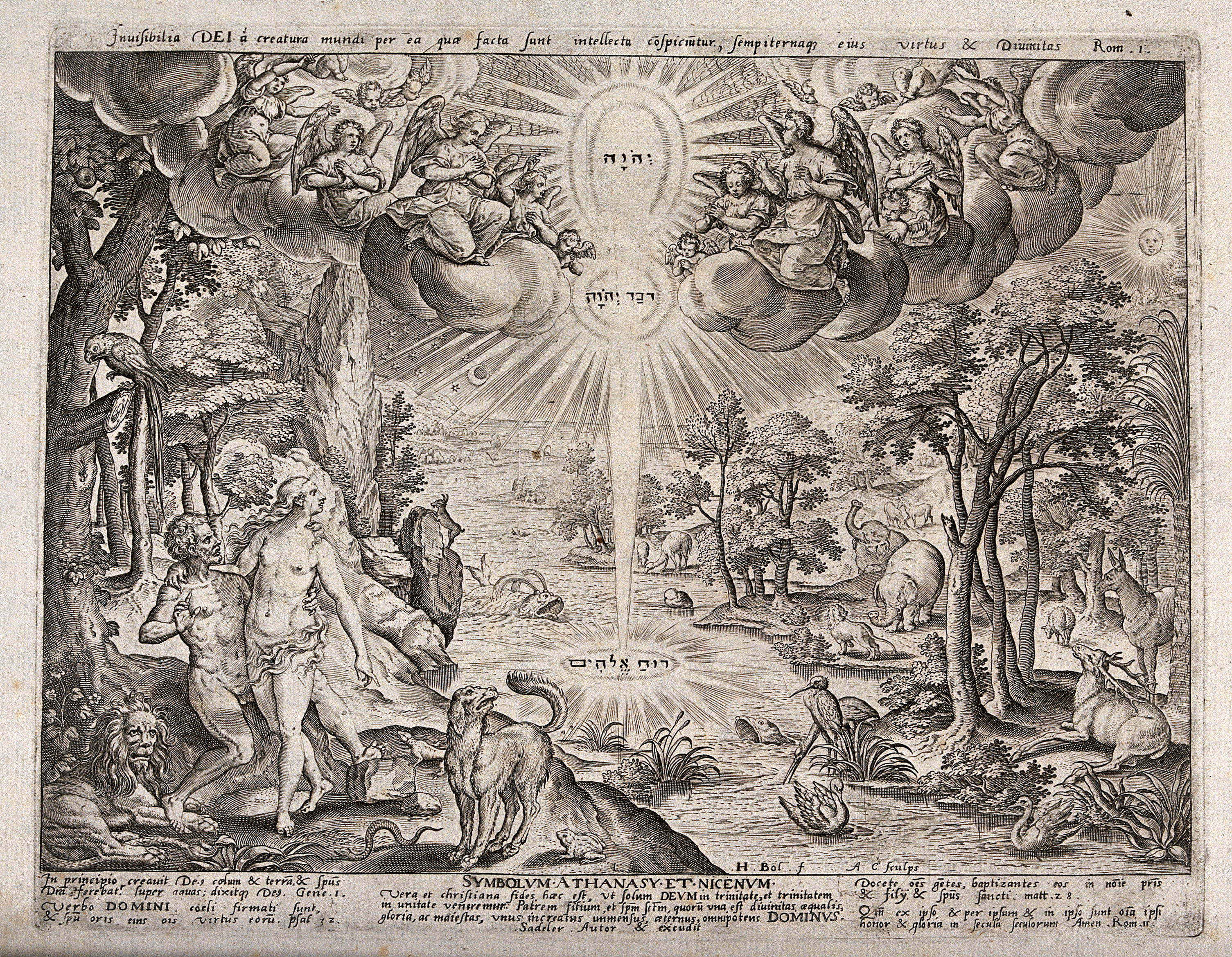
The woods and beach surrounding the Great House at the beginning of the novel evoke the Garden of Eden. The opening line of the novel -- "once we lived in a Summer country" -- and the way Eve describes the area are often Edenic: pure, untouched, etc.
The Garden of Eden, courtesy of The Wellcome Library, London.

The general (and some specific) decadence of the parents evokes the "sin" that was rampant in the world before God sent hte Flood to "reset" humanity; it also evokes later biblical references like Sodom &Gomorrah, which receive God's wrath as a result of "sin" and misbehavior.
Noah's Ark Ship Animals, from Pixabay.

The way in which the climate disaster and "chaos time" are described in the book feel likea reference to Apocalypse/Revelation, the biblical end times.
Open the Seals, courtesy of Wikimedia Commons.

The name of the yacht is the Cobra, which might be a reference to the serpent in the Garden of Eden. The episode with the yacht kids is when Eve tells Jack about the climate crisis, paralleling the knowledge of good/evil that comes from the serpent temping Eve and Adam to eat the forbidden fruit. Also, in the bible, one of the first things that Adam & Eve become aware of after eating the fruit is their own nudity; on the beach, Jack sees Alycia nearly naked and comments on it, evoking a parallel. It marks a fall from innocence.
In the Garden of Eden, courtesy of Wikimedia Commons.

The flood in the novel evokes The Flood in the bible, and Jack and Shel collecting animals references the story of Noah (and is directly inspired by it, because Jack got the idea from his Children’s Bible). Similarly, they come to refer to the tree house as the Ark.
Photo courtesy of Pixabay.
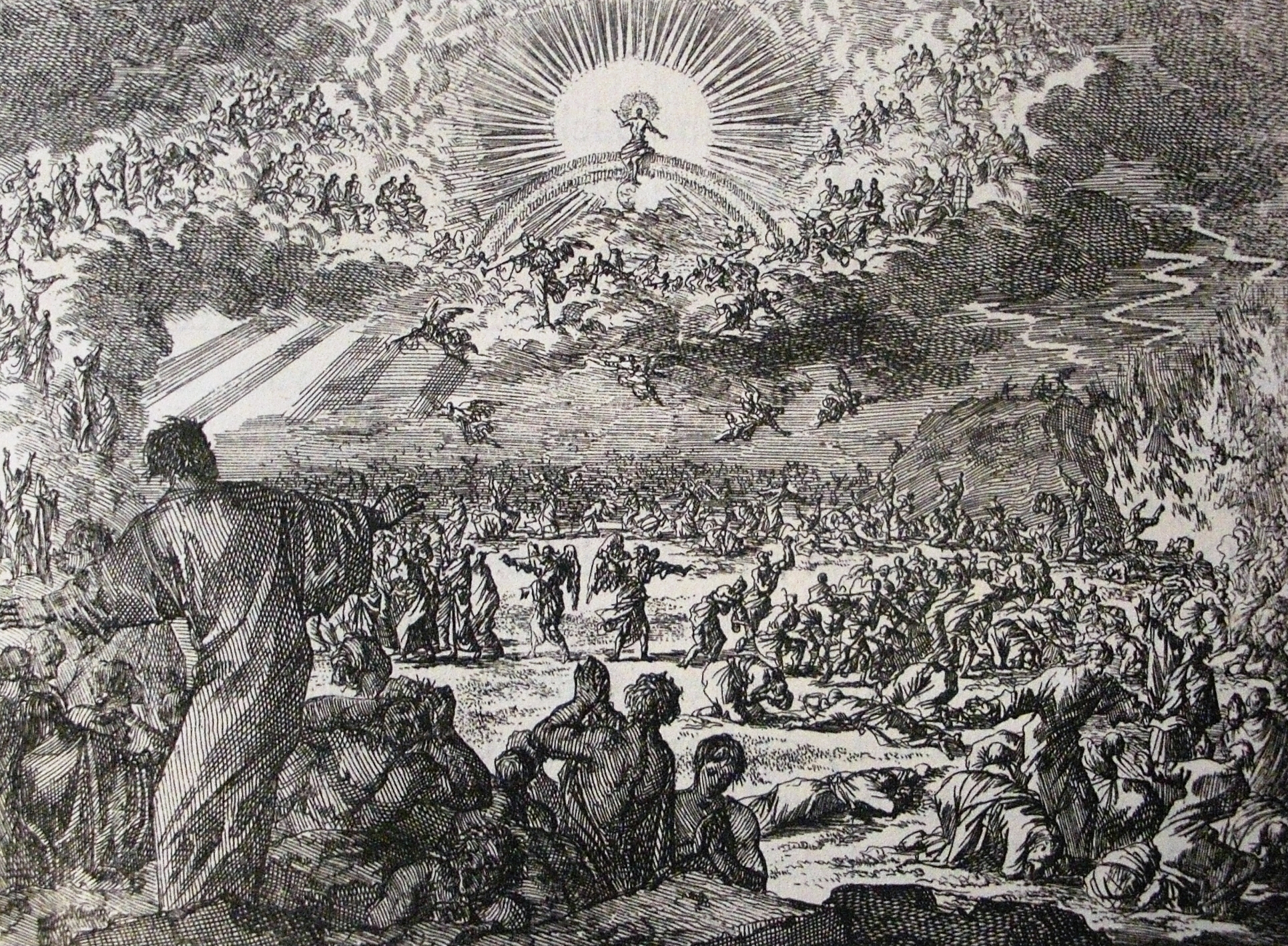
When the parents completely vanish, it may reference the biblical Rapture, when the faithful are rewarded and the unfaithful are left behind (or cast down, depending on the interpretation of what happens during the Second Coming).
Last Judgment, courtesy of Wikimedia Commons.
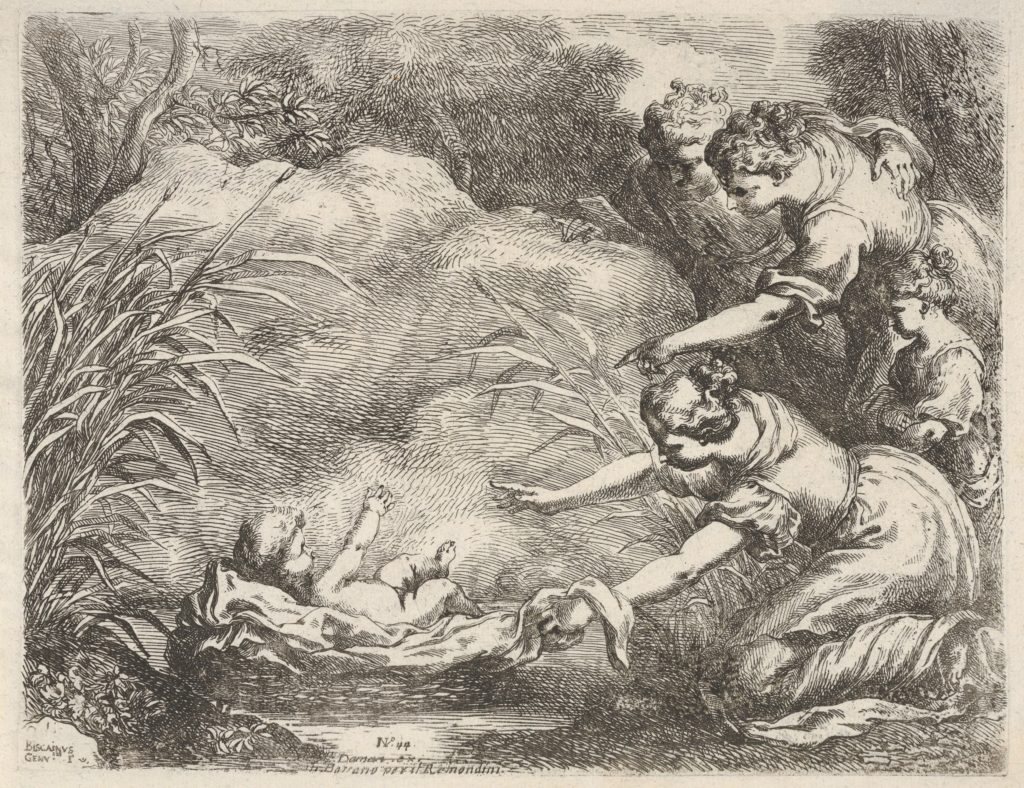
Burl is a man discovered among the reeds, similar to Moses in the bible. This parallel fits in a ton of ways: the story of the Burning Bush is evoked on p. 85, when Burl “learns” that he must lead the children away from the area and he foresees the coming of the plague. When he leads the children out of captivity by their parents (ala the children of Israel out of Egypt), they are pursued by the parents and Burl parts the Red Sea (p. 91).
The Finding of Moses, courtesy of Picryl.
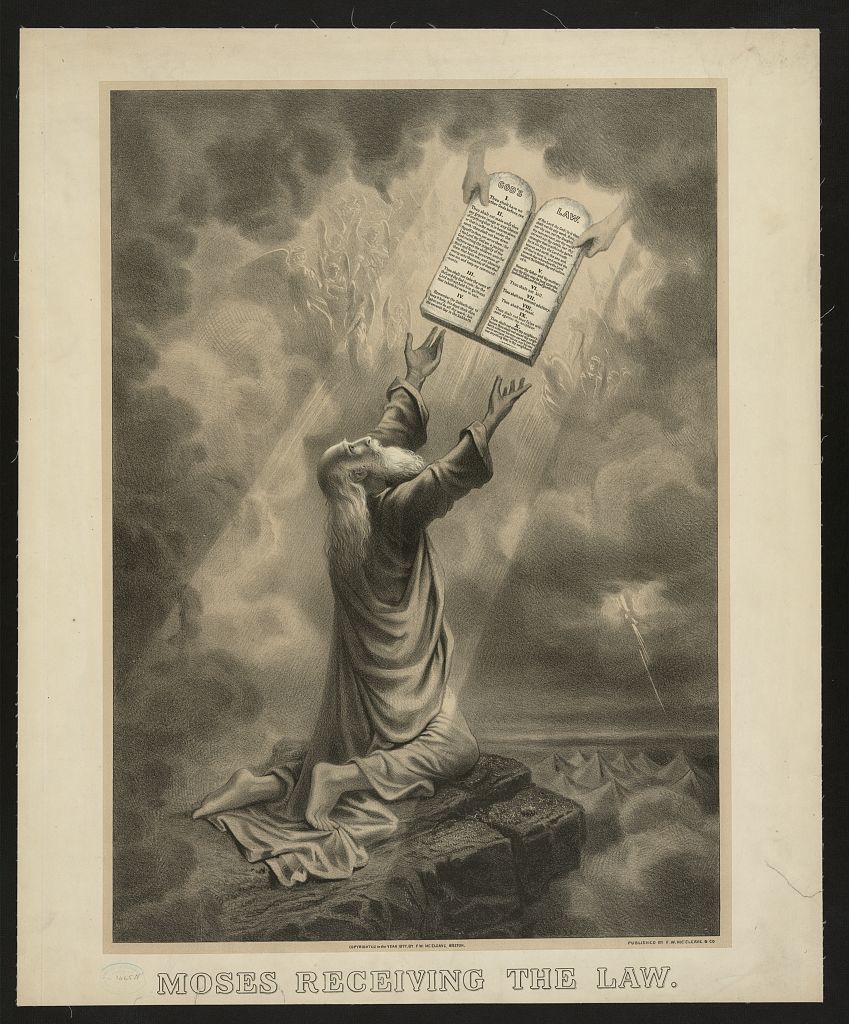
Continuing on the parallels with Moses, when the group’s original plans are foiled, Burl says he knows a place and leads them to the “perfect” farm -- similar to the Promised Land to which Moses led the children of Israel; once they are there, Burl then “goes up the hill” and talks to the Owner and brings back “the rules.” This directly references Moses climbing Mt. Sinai, talking to God, and coming back with the Ten Commandments (101-103). Many of the rules in the novel directly reference specific Commandments, as well.
Moses Receiving the Law, courtesy of Picryl.
The arrival of the “trail angels” evokes both the arrival of the Magi (or wise men), as well as perhaps the actual angels who announced Jesus’ birth. Later, the specific angels might also equate to certain apostles -- Luke (Luca), Mattie (Matthew), John. Parallels for Darla remain uncertain.
When Sukey’s mom gives birth in the barn, it parallels the birth of Jesus in the manger. This reference might also be carried through to the idea that the baby “has no father” (since he left); OR that the baby is then taken in by Sukey who could be seen then as a “virgin Mother.” This then evokes Mary (also referenced when Darla sings the Ave Maria at Sukey’s mom’s funeral).
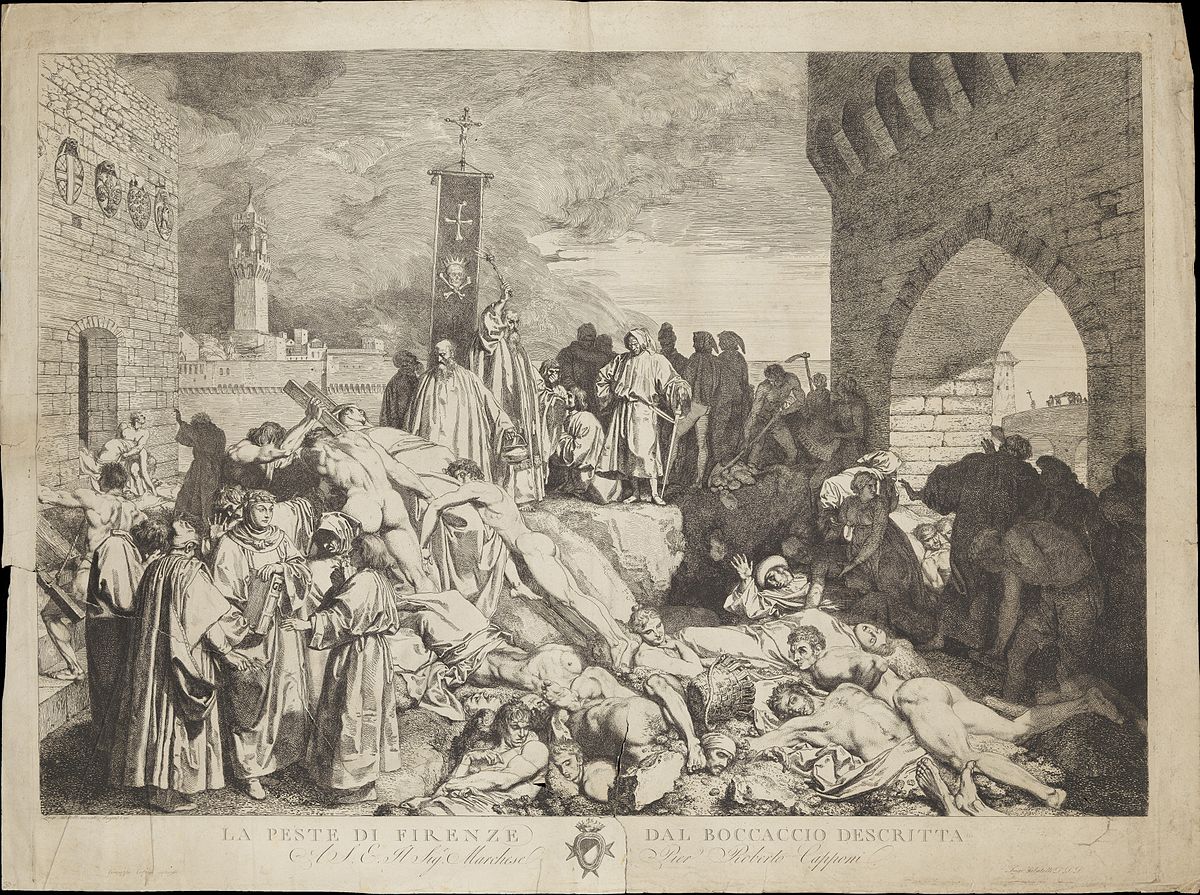
The Dengue fever in the book represents the coming of the plague.
The Plague of Florence in 1348, courtesy of the Wellcome Library, London.
Mattie, of course, also represents Jesus in many ways: he is described as having smooth, olive skin; he teaches biology/science, which in Jack’s new vision equates to Jesus; when he does so, the description of the Kids listening to him uses terms like “faithful,” “devoted,” and “disciples” (p.136-7); he is literally “crucified” when the Governor nails/staples his hands to the bench, as well as when he is tied to the tree; there’s also a reference to him having scars on his foot from stepping on a bottle, referencing the stigmata; when Eve daydreams about untying him from the tree, it is evocative of taking Jesus down from the cross in the bible (p. 170).
Jack’s “decoding” of the bible is a re-imagining of the Trinity, with God as Nature, Jesus as Science, and the Holy Ghost as art. He also draws direct parallels to many of the miracles of Jesus on p. 144.
The Governor and his militia reference Pontius Pilate and the Roman soldiers. The Governor tortures Mattie just as Pontius tortured Jesus, and he “washes his hands” of this crime again and again by warning the kids and Burl that it’s their fault for not cooperating.
The scene when the other angels are trapped with Mattie behind barbed wire evokes both the crown of thorns and the spear in the side during the trials and crucifixion of Jesus. The circle of barbed wire leads to Darla cutting her forehead, and the constant prodding with the cattle prod is similar to the spear.
Jack also comes to represent a Jesus figure, or at least a kind of new prophet or Messiah. He says he would rather sacrifice himself than a goat (p. 162); he dispenses more and more wisdom as the novel goes along, becoming a kind of spiritual leader to the group; many of the older kids often agree with and “follow” him (especially w/ Red on p. 180ish); also, ultimately, the novel itself might be seen as Eve’s new bible, sharing the “teachings” of Jack.
Red can be seen as a new disciple or convert, as he comes around to the kids’ side, particularly through Jack’s kindness and care. Red can be seen as a Paul figure, as he is converted from originally persecuting the kids (as Paul/Saul did Christians) to a follower; also, he “sees the light” in the middle of the path, as Paul did in the middle of the road to Damascus. Red might also be seen as a Peter figure, as the Owner leaves him in charge of the farm and gives him the (biometric) key to the place; this is like when Peter, one of the earliest major converts to Jesus other than the original apostles, was given the keys to the Kingdom of Heaven.
The Owner comes to represent God, and particularly the Old Testament God, known for vengeance and wrath. She descends as a Deus ex Machina in the novel (out of nowhere in a helicopter); she is the one who handed down the commandments; she severely punishes the militia men for “not following the rules”; she knows everything; she apparently heals Red’s leg, and Burl and the angels are “with her” in the end.
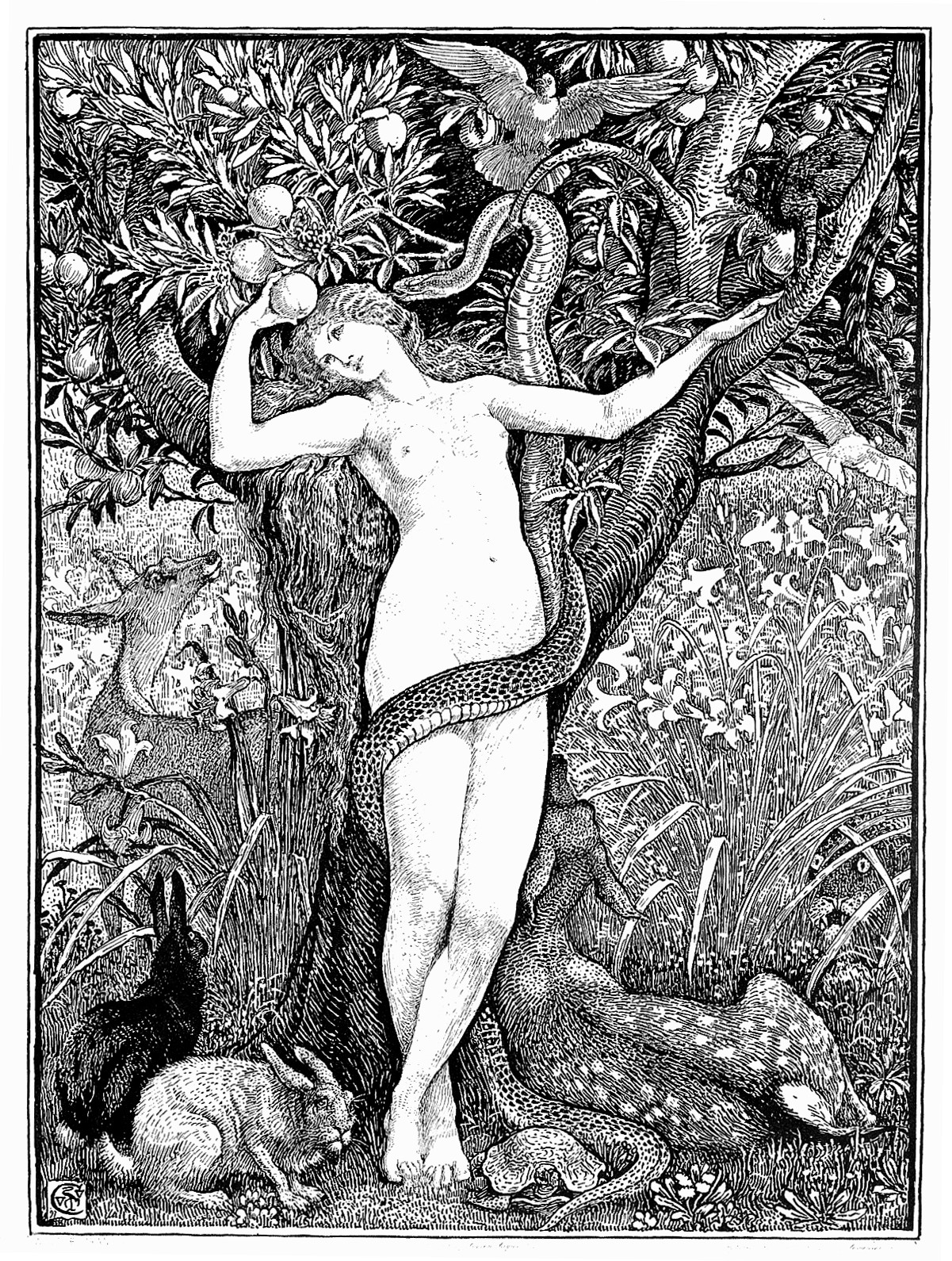
The flashback scene of Eve running away from her parents in the protest can symbolically represent Eve’s pursuit of forbidden knowledge, despite the rules set by her parents (p. 205).
Eve Taking the Forbidden Fruit, courtesy of Wikimedia Commons.

When the parents completely vanish, it may reference the biblical Rapture, when the faithful are rewarded and the unfaithful are left behind (or cast down, depending on the interpretation of what happens during the Second Coming).
Last Judgment, courtesy of Wikimedia Commons.
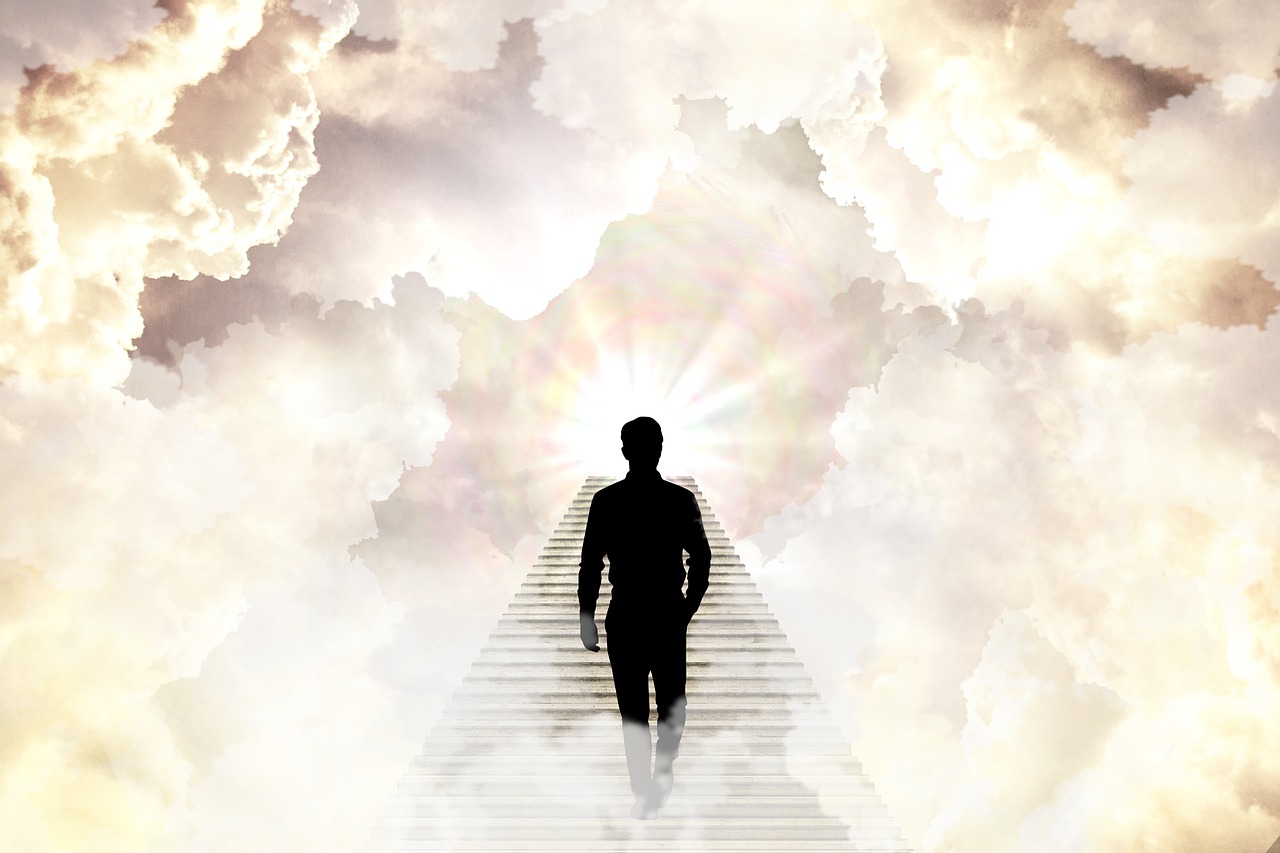
In the final scene with Jack, he references the Book of Revelation and asks “what happens at the end.” This represents both the biblical end times described in that book of the bible, but also evokes the Second Coming, in which there is an “after,” led by a new version (or return) of Jesus. Again, this might be seen as Jack himself, with his new vision of the Trinity, heaven, etc. (and Eve’s own “bible” about him).
Eve Photo courtesy of Pixabay.











